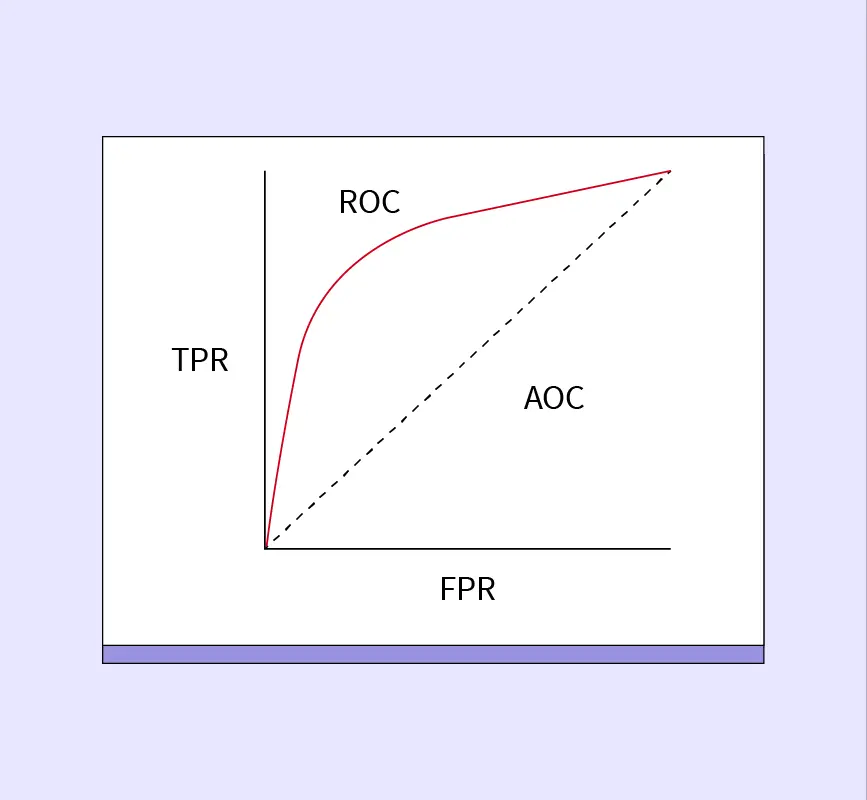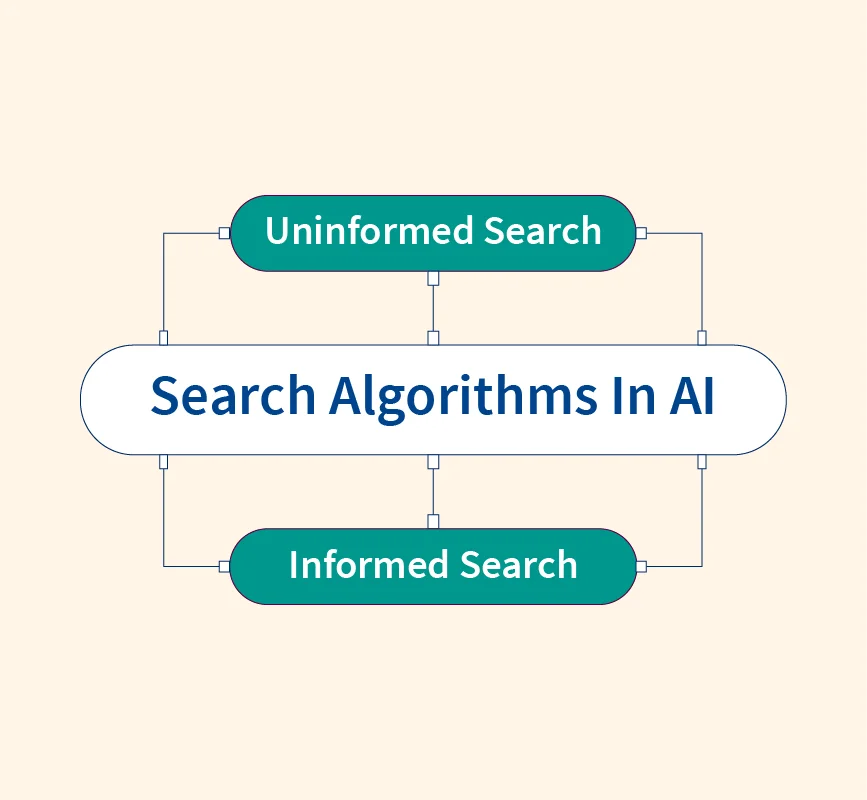Artificial Intelligence (AI) focuses on creating intelligent systems capable of perceiving, reasoning, and interacting with their surroundings to solve complex problems. Central to AI are the concepts of agents and environments, which together define how intelligent systems operate and respond to external stimuli. Agents are entities that perceive their environment and take actions to achieve specific goals, while environments provide the context in which these agents operate.
What are Agents and Environment in Artificial Intelligence?
What is an Agent?
An agent in AI is an entity that can perceive its environment through sensors and act upon it using actuators to achieve specific goals. Agents are designed to make decisions and adapt based on their surroundings. They can vary in complexity, from simple reactive systems to highly sophisticated entities capable of reasoning and planning.
Examples of Agents:
- Robotic Vacuum Cleaners: Perceive obstacles and clean floors efficiently by navigating their surroundings.
- Self-Driving Cars: Use sensors to detect road conditions, traffic, and pedestrians, making real-time decisions to ensure safe driving.
- Virtual Assistants: Like Alexa or Siri, they process user inputs, understand commands, and perform tasks such as setting reminders or controlling smart devices.
What is an Environment?
The environment is the external context or space in which an agent operates. It provides the stimuli the agent perceives and reacts to. Environments can be static or dynamic, simple or complex, and fully or partially observable, depending on the scenario.
Examples of Environments:
- A maze for a robot navigating toward a goal.
- A game world where an AI player interacts with virtual elements and competitors.
- Real-world scenarios for autonomous vehicles, including traffic, weather, and road conditions.
By understanding the interplay between agents and environments, AI systems are designed to function effectively, adapt to challenges, and achieve desired outcomes.
Agent Terminology
Understanding the key terms related to agents is essential for comprehending how they interact with their environments:
- Percept: A percept is the information or input that an agent receives from its environment through its sensors. For example, a robotic vacuum cleaner perceives the layout of a room or detects obstacles.
- Percept Sequence: This refers to the complete history of all percepts an agent has received over time. It helps the agent analyze past inputs to make better decisions. For instance, a self-driving car uses its percept sequence to understand past traffic patterns and adjust its navigation accordingly.
- Action: An action is the response or output generated by the agent based on its percept or percept sequence. Actions are executed through actuators, such as a robot moving its arm or an AI system playing a chess move.
Rationality in Agents
In the context of AI, rationality refers to an agent’s ability to act optimally, selecting actions that align with its goals based on its percepts and knowledge. A rational agent makes decisions that are most likely to achieve the best possible outcome within its environment. Rationality is not just about acting correctly but acting intelligently under given constraints, such as incomplete information or time limitations.
What is an Ideal Rational Agent?
An ideal rational agent is one that always chooses actions that maximize its performance measure, considering its current percepts, percept sequence, and built-in knowledge. It evaluates its environment and selects the best possible action to achieve its goals efficiently.
Examples of Ideal Rational Agents:
- AI Bots in Games: These agents calculate the best moves to maximize their chances of winning, such as chess engines predicting multiple moves ahead.
- E-Commerce Recommendation Systems: These agents suggest products to users based on their browsing history and preferences, aiming to maximize user engagement and sales.
Rationality is the cornerstone of intelligent agent design, ensuring that the agent adapts and performs effectively in diverse scenarios.
The Structure of Intelligent Agents
Intelligent agents are designed with various structures to handle tasks based on the complexity of their environment and objectives. These structures define how an agent perceives, processes, and responds to its environment.
1. Simple Reflex Agents
Simple Reflex Agents make decisions based solely on current percepts without considering past experiences or history. They follow a set of predefined rules or conditions to decide actions in response to immediate stimuli.
Example: A thermostat adjusts the temperature based on the current room conditions, such as turning the heating on when the temperature drops below a set threshold. While effective in simple environments, these agents struggle in complex or dynamic scenarios where historical context matters.
2. Model-Based Reflex Agents
Model-Based Reflex Agents go a step further by maintaining an internal model of the environment. This model tracks changes and provides context for current percepts, enabling the agent to adapt to dynamic conditions.
Example: A self-driving car uses maps, sensor data, and traffic updates to create a real-time model of its environment, allowing it to navigate safely even in changing road conditions.
3. Goal-Based Agents
Goal-Based Agents act to achieve specific objectives by evaluating future outcomes. These agents use goals to guide their actions, considering the steps needed to achieve their desired result.
Example: A chess-playing AI analyzes possible moves and selects the one that maximizes its chances of achieving the goal of checkmating the opponent.
4. Utility-Based Agents
Utility-Based Agents evaluate multiple options to find the action that maximizes a predefined utility function. They consider both the likelihood of success and the value of the outcome, ensuring optimal decision-making.
Example: An AI system in financial trading evaluates different investment options, aiming to maximize profit while minimizing risk, balancing potential rewards and uncertainties.
The Nature of Environments
The environment in which an intelligent agent operates significantly impacts its design and functionality. Environments are characterized by several key properties that influence how agents perceive and respond to them.
Environment Properties
- Fully Observable vs. Partially Observable:
In a fully observable environment, the agent has access to all relevant information to make decisions. Example: Chess, where all pieces and their positions are visible. In a partially observable environment, only limited or incomplete information is available. Example: Driving in fog, where visibility is restricted. - Deterministic vs. Stochastic:
A deterministic environment ensures that the outcome of an action is predictable based on the agent’s input. Example: Tic-tac-toe, where actions lead to consistent results. In stochastic environments, outcomes are uncertain and influenced by random factors. Example: Poker, where the opponent’s hidden cards introduce unpredictability. - Static vs. Dynamic:
Static environments remain unchanged during the agent’s decision-making process. Example: Crossword puzzles, where clues and solutions remain constant. Dynamic environments evolve over time, requiring the agent to adapt. Example: Traffic systems, where the agent must respond to changing traffic conditions. - Discrete vs. Continuous:
Discrete environments have distinct, countable states or actions. Example: Turn-based board games like checkers. Continuous environments involve a range of possible states or actions. Example: Autonomous drone navigation, where movements are fluid and ongoing.
Turing Test and Environment Interaction
The Turing Test evaluates an agent’s ability to exhibit intelligent behavior indistinguishable from a human. The complexity of the environment directly impacts the agent’s ability to pass this test. In simple environments, agents can rely on predefined rules, but as environments become more dynamic and unpredictable, agents must demonstrate advanced reasoning, adaptability, and decision-making to succeed.
Understanding the nature of environments is crucial for designing agents that can perform effectively in diverse and complex scenarios.
Summary
Agents and environments form the foundation of Artificial Intelligence, defining how intelligent systems perceive, process, and respond to their surroundings. The interplay between agents and environments determines the success of AI in solving complex problems. Designing agents that can adapt to various environments—whether fully observable, stochastic, dynamic, or continuous—is essential for creating robust and effective AI systems.
These concepts play a pivotal role in advancing AI applications across industries, from autonomous vehicles navigating dynamic traffic systems to virtual assistants providing personalized support. Understanding the relationship between agents and environments is key to unlocking the full potential of AI in transforming the modern world.
Reference:


